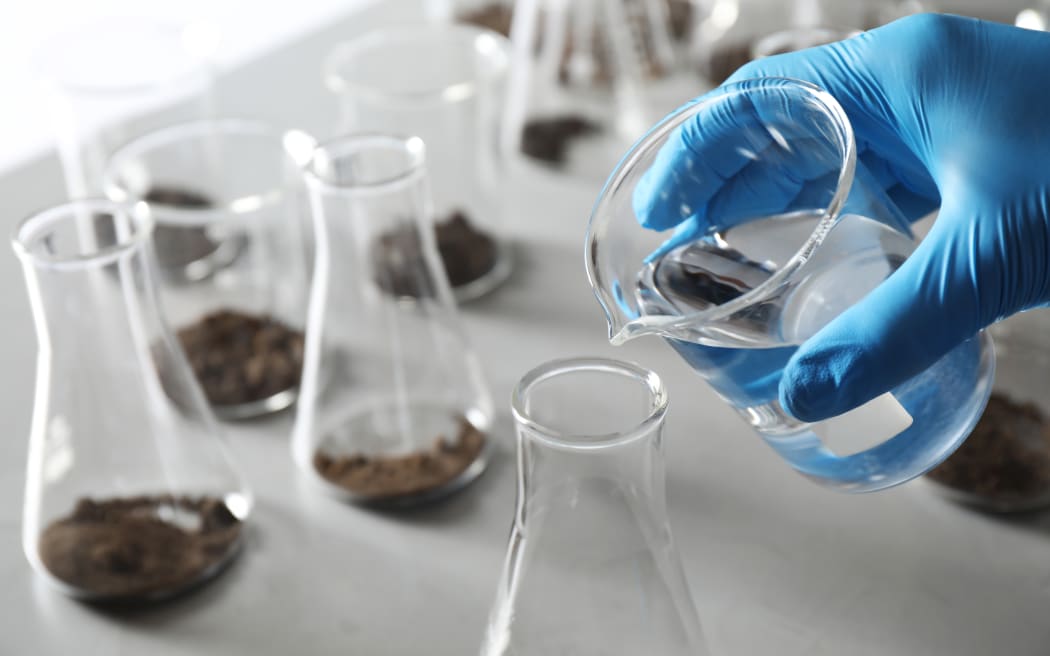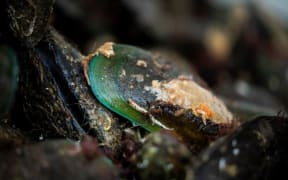
So called 'forever chemicals' can be harmful and can take many years to break down. Photo: 123rf
The Environmental Protection Authority (EPA) has no plans to do more tests for contamination of water with PFAS 'forever chemicals', despite a recommendation that more be done.
The first study of PFAS levels in groundwater not in the vicinity of known PFAS pollutant sites, such as defence bases, in May found mostly low levels - but also recommended more investigations.
"We recommend that monitoring of PFAS in groundwater resources is extended to the remainder of regions in New Zealand, that the frequency of PFAS monitoring is increased, and that research is carried out to quantify the potential risks to ecosystems from the PFAS most frequently detected in this study," it said.
About 130 water wells were sampled out of many thousands nationwide. It covered many water wells around Auckland, but few in Canterbury and none in some regional council areas.
It was not comprehensive, the EPA conceded, but as a baseline study would stop there.
"Thankfully we haven't found large-scale levels of PFAS," said Dr Chris Hill of the EPA.
"Our view is that .. the monitoring results don't show the need for further investigation given the levels are low or absent completely in some areas."
The EPA was happy to work with regional councils if they wanted to do more routine monitoring for PFAS, he said - though few councils do.
PFAS researcher at the University of Auckland, Associate Professor Melanie Kah, said the EPA was in a difficult position - caught between "wanting to know more in case we missed something... and the reality of budget constraints".
Watercare in Auckland monitors for PFAS, and when it discovered minute traces at the Onehunga water treatment plant, it shut it down last year.
The only other major investigations were by the Defence Force around its bases from 2017-20.
Globally, most research is finding ever-wider contamination by the chemicals, developed and disseminated by US companies 3M and DuPont through products like Teflon and carpet stain resistant coverings, as well as stronger links to wider impacts on human health.
3M and DuPont recently agreed to pay about $11.7 billion (NZ$20b) between them to settle just a slice of the ever-growing number of lawsuits against them over PFAS pollution in the US.
Here, an Auckland researcher has just won a $900,000 grant to look at safer alternatives to PFAS for use in the likes of flame retardants and pesticides.
"We are on the front-foot with PFAS in New Zealand, We've moved quickly," Hill said, citing the looming bans on any firefighting foam and cosmetics with PFAS in them.
The groundwater study for the EPA found low levels, but indicated PFAS - a group of 10,000 manmade compounds called 'forever chemicals' because they do not break down in nature or the human body for years - were "making their way into shallow groundwater systems".
"Currently there is a lack of knowledge of the fate and effects of many PFAS and whether the concentrations measured in this study are likely to have serious impacts for ecological systems," it said.
Hill said the EPA was across the international research into risks to health and ecosystems.
Kah, said the EPA was in a difficult position - it and councils had limited capacity and needed to deal with other priorities with "obvious" short-term impacts, such as nitrates and microbial contamination.
"They are struggling. As scientists, we strongly recommend more monitoring, but who will pay and co-ordinate is a very delicate question in New Zealand."





